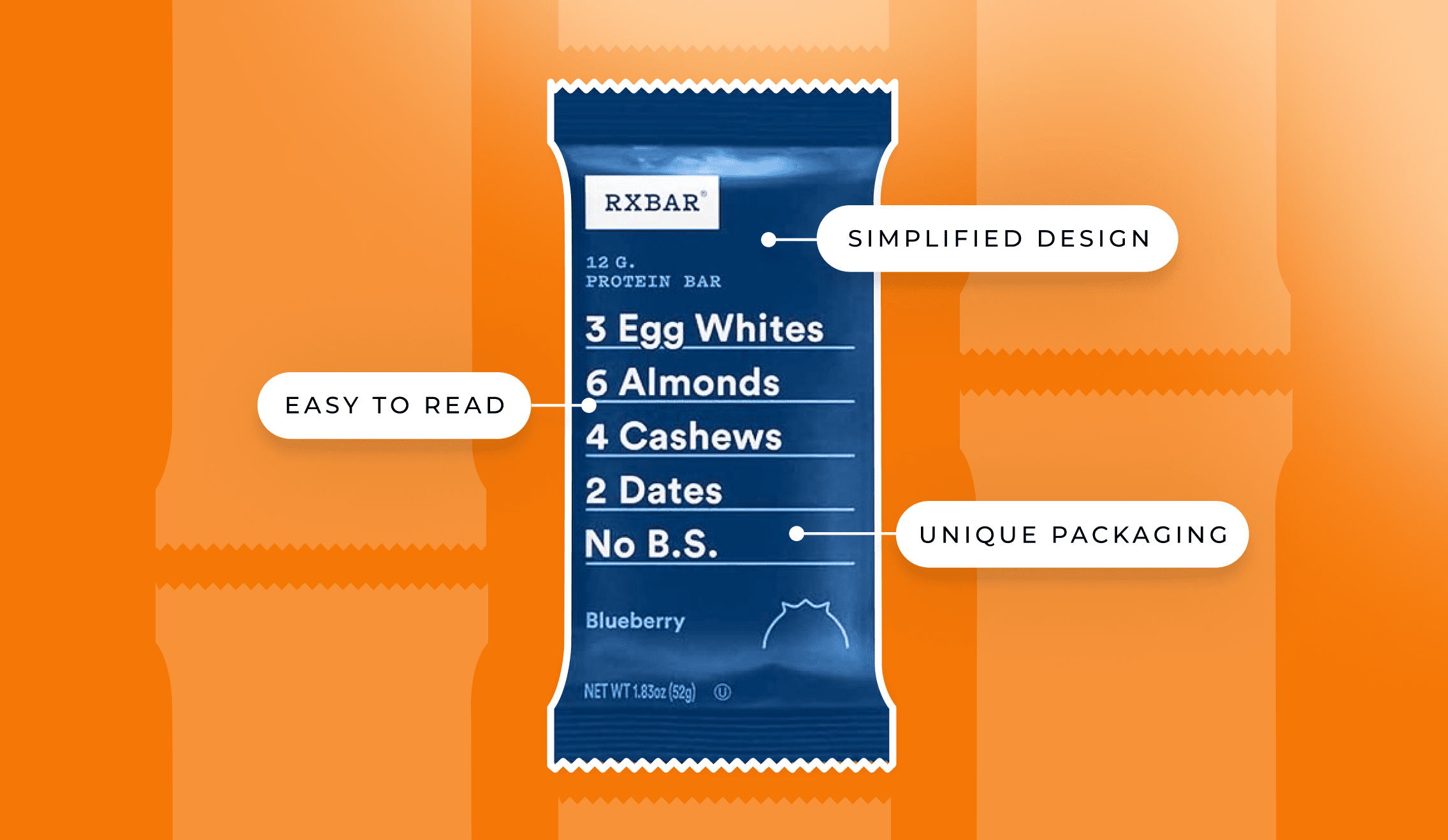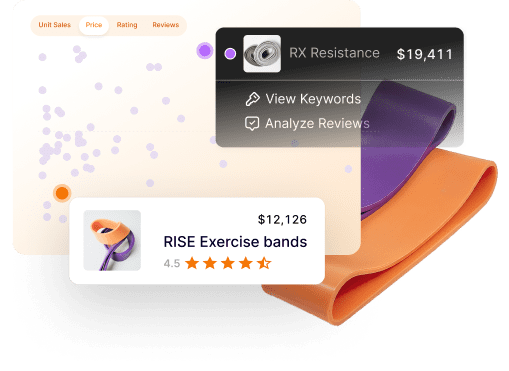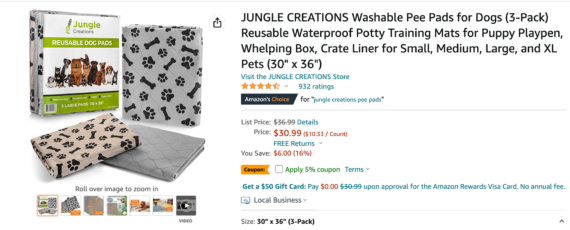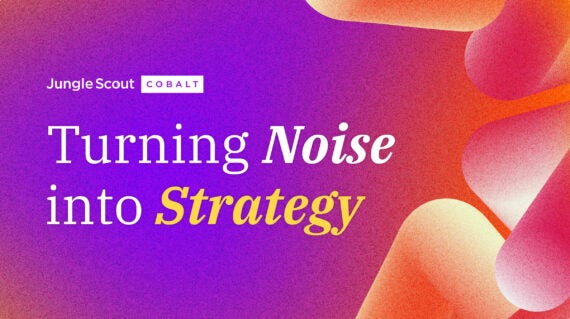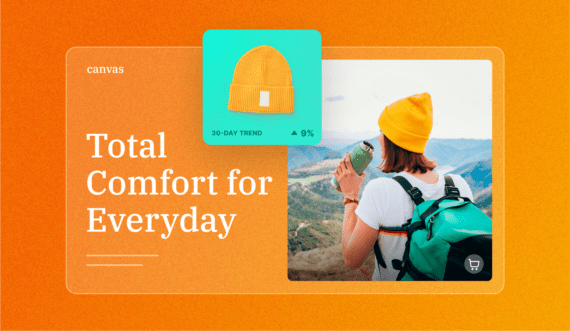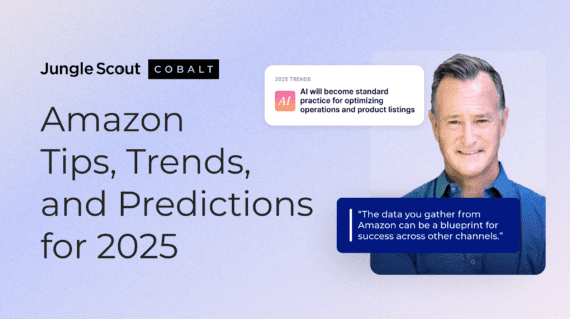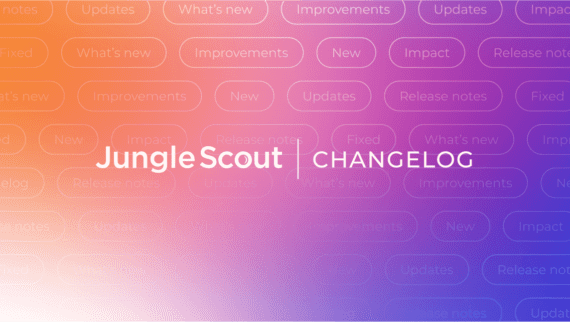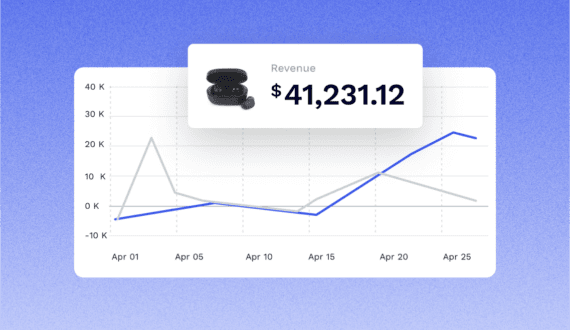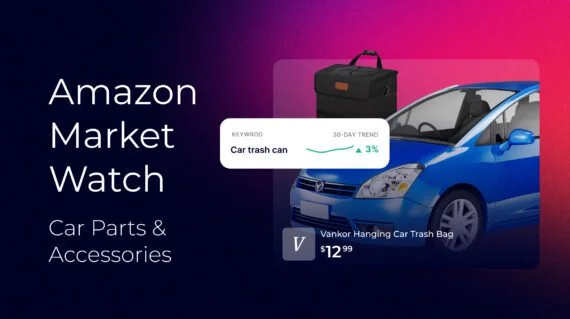Content
expand_moreIn the fast-paced world of ecommerce, particularly on a platform as competitive as Amazon, staying relevant is crucial. Businesses often face the critical decision of rebranding or redesigning their products to maintain or enhance their market share.
This article dives into the scenarios where rebranding or redesigning is beneficial, the reasons behind such decisions, the advantages they bring, and the potential downsides.
SNEAK PEEK: RxBar’s successful rebranding turned them from $2 million per year to $160 million per year. Continue reading to learn how they did it.
What is rebranding?
Rebranding is the process of changing a brand’s image and/or marketing strategy. It involves giving an already established brand a new name, logo, creative elements, or change in design.
The idea behind rebranding is to create a different identity for a brand from its competitors in the market. This can involve a wide range of changes, from minor adjustments to a complete overhaul of the brand’s visual and verbal identity.
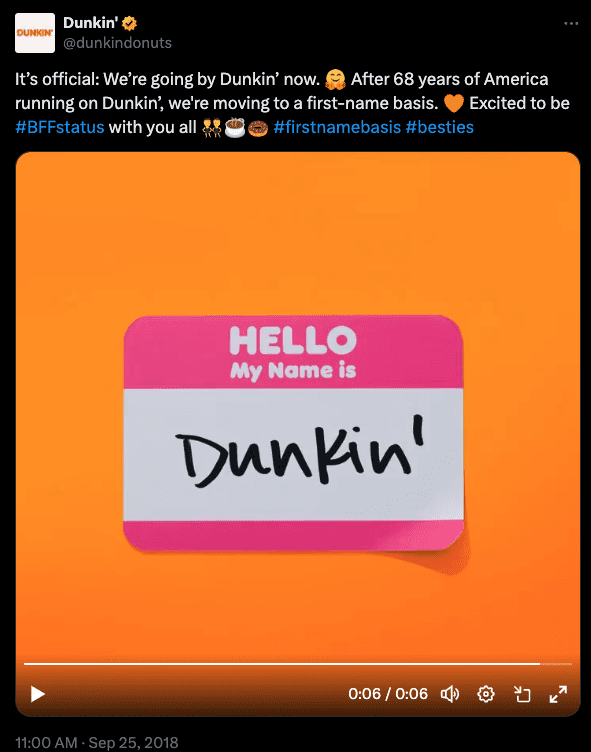
Rebranding isn’t always about restructuring your entire business strategy or products. It could simply mean refreshing your brand’s look and feel to prevent it from feeling outdated or overshadowed by your competition.
A large-scale example of a rebrand is Facebook to Meta.
Over the years, Facebook acquired many apps, all of which fell under the Facebook umbrella. So now, Meta is the parent company of Facebook, Instagram, WhatsApp, and all of their other apps—which shows that Meta is more than just Facebook.

When is it time to rebrand or redesign?
Recognizing the right moment to rebrand or redesign your Amazon brand is pivotal. Here are some indicators of when you should consider rebranding.
- Stagnant sales. It might be time for a change if your product sales have plateaued despite your best marketing efforts. Stagnant sales could also show that your branding or packaging design needs to stand out within your niche.
- Changing market trends. Market trends evolve. If your product’s design or branding feels outdated, it may no longer resonate with your target audience. For example, if your target audience is Gen Z, your branding cannot be some boring, run-of-the-mill design that won’t resonate with that demographic. Wendy’s is one brand who’s done that successfully on its Twitter account.
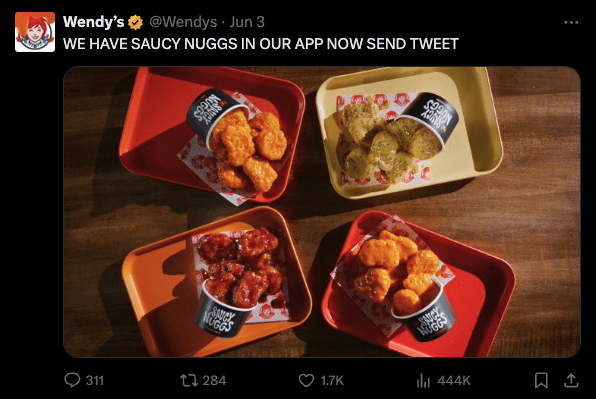
- Negative feedback. Negative reviews about the product’s aesthetics, functionality, or packaging can signal the need for a redesign. Always listen to customer feedback, no matter how harsh.
- Brand evolution. As your business grows, your brand’s vision and mission may evolve. Rebranding can align your products with this new direction.
- Competitive pressure. If competitors consistently outshine you with more modern, appealing designs, it might be time to refresh your brand to compete with what’s currently on the market.
- Unfocused brand identity. If your brand lacks a clear, consistent identity, it can confuse customers and dilute your market presence. Rebranding can help clarify and sharpen your brand’s message, ensuring it resonates more effectively with your target audience.
The importance of brand perception
Brand perception is how consumers view and feel about your brand. It contains their thoughts, emotions, and experiences with your products.
The importance of brand perception cannot be overstated, as it directly influences purchasing decisions, customer loyalty, and overall market success.
- Trust and credibility. Positive brand perception builds trust and credibility. Consumers who view your brand as reliable and trustworthy are more likely to choose your products over competitors.
- Customer loyalty. A strong, positive brand perception fosters customer loyalty. Satisfied customers are more likely to make repeat purchases and recommend your brand to others.
- Competitive advantage. In a crowded marketplace, a favorable brand perception can give you a significant edge over competitors. It can make your brand the preferred choice even when other factors, like price, are comparable.
- Pricing power. Brands with strong positive perceptions can often command higher prices because consumers perceive them as offering greater value.
- Attracting talent. Companies with positive brand perceptions attract customers and top talent. Potential employees are drawn to brands with good reputations and values they resonate with.
Adobe made subtle-but-impactful changes to its Creative Cloud design in 2020. For a company so design-focused, it makes sense to constantly refresh and indicate its dominance in the creative design market.
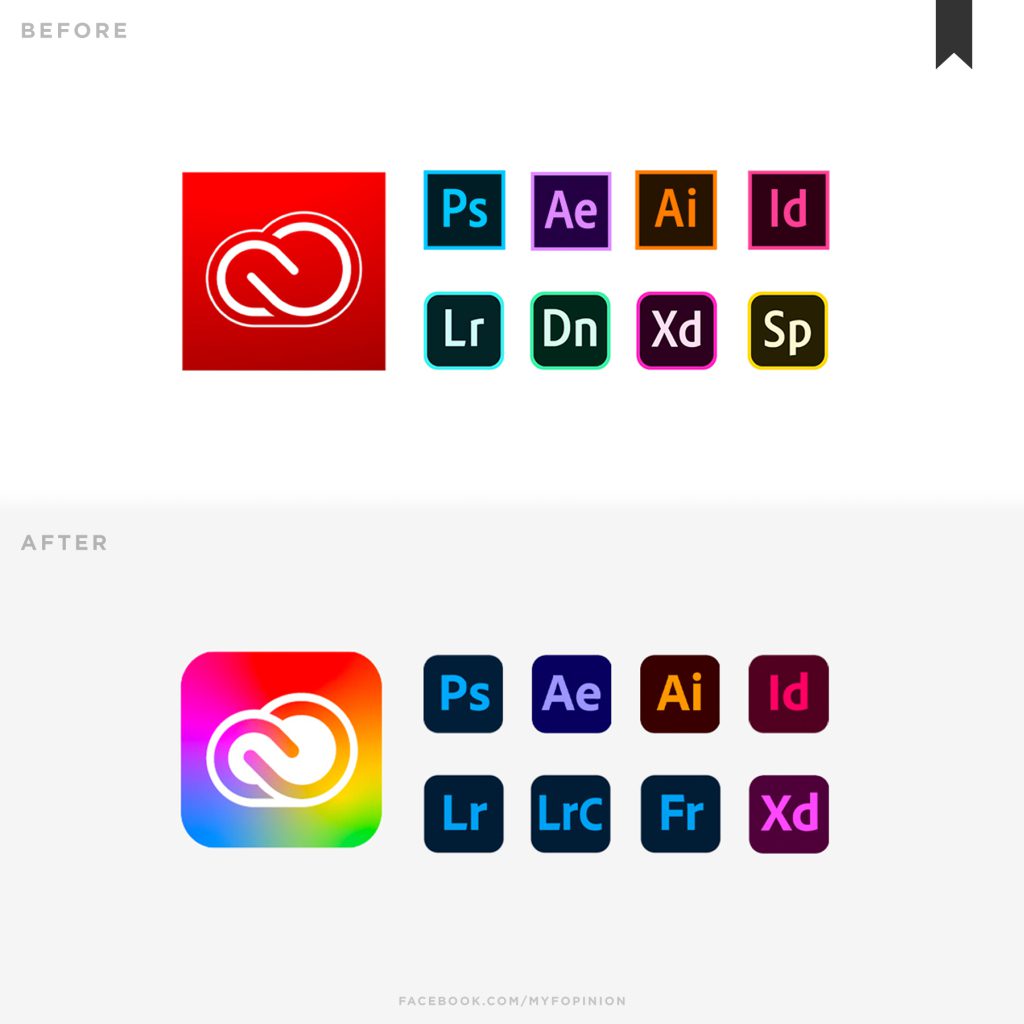
Benefits of rebranding or redesigning
A proper rebranding strategy can provide many positive benefits for your Amazon business. Let’s review some of these benefits.
- Renewed interest. For some, change is a good thing! A fresh look can revitalize your products’ interest, attracting new and returning customers. A rebrand shows customers you want to improve your products and brand experience.
- Increased sales. Effective rebranding can boost sales by appealing to new customer segments or re-engaging existing ones. Proper rebranding may help your brand stand out more in a crowded market.
- Enhanced customer perception. Modern, attractive branding can improve how customers perceive your product’s value and quality while enhancing your brand’s trust and customer loyalty.
- Market relevance. Trends are constantly changing. Staying current with market trends ensures your brand remains relevant and appealing to your target audience.
- Brand loyalty. A rebrand that resonates well with customers can enhance brand loyalty and advocacy. Volkswagen unleashed a more contemporary design in 2020, only a few years after its well-documented emissions scandal.

Potential downsides of rebranding
While there are plenty of upsides to rebranding, there are also some downsides. A rebrand only sometimes means it will improve your business. Let’s go over some of the downsides of rebranding.
- Cost and time. Rebranding can be expensive, involving design, marketing, and updating packaging and promotional materials. It can also be very time-consuming, as everything must be adequately changed.
- Loss of brand awareness. Some people are resistant to change. If customers have been familiar with your brand for a while, a rebrand may need to be clarified for your existing customer base.
- Implementation challenges. Ensuring that all aspects of the rebrand are executed smoothly across all platforms and marketing materials can be challenging as you want to be sure everything is uniform.
- Impact on SEO. Changes in branding can affect your search engine rankings, especially if you change your product names or descriptions significantly.
Examples of a successful rebranding
Rebranding can have a very positive impact on your business — from perception to sales and profitability. Let’s go over some examples of brands that successfully rebranded themselves.
RxBar
You’ve probably seen it on the shelves of your local grocery store or the counter of a Starbucks; RxBar is now one of the most well-known and successful protein bars on the market.
RxBar was launched in 2013 and had some big names to compete against, such as Kind and Clif Bar. Everyone has heard of those two brands, which are still considerable names in the granola bar/protein bar space.
We created a segment in Jungle Scout Cobalt to see the market share of some of the biggest brands in the protein bar niche on Amazon. Currently, RxBar owns 22% of the market share on Amazon within the protein bar subcategories!

RxBar’s estimated annual revenue for protein bars now overshadows the more prominent brands that once dominated them.

RxBar’s original packaging did not stand out from the competition. It was too busy and, in some cases, hard to read. The packaging didn’t show the potential customer why it was different from all the existing brands. You can have the best-tasting and healthiest bar ever, but the packaging has to tell that story in a better way.
In 2016, RxBar decided to rebrand because its packaging didn’t stand out against the big guys.
Here is what the new packaging looks like:
Instead of saying that their product is natural and “prescribed by nature,” they show you exactly that on the packaging by displaying the natural ingredients front and center.
This redesign made a MASSIVE difference.
Access your Amazon market share with Cobalt.
Connect with our sales team to find out how Cobalt helps you achieve unbelievable results on Amazon.
Results of the rebranding
In 2013, RxBar had roughly $600,000 in sales in the first nine months of business (which is still great, by the way), $2 million in sales in 2014, and after the rebranding, their sales shot up to an estimated $160 million!
They clearly had a successful product before the rebrand, but the owners knew the potential could be much more significant.
After that, RxBar was acquired by Kellog for $600 million. So, yeah, the rebrand worked.
The “Rx bar” keyword averages roughly 20,000 weekly searches while continuing to trend upward over time. (Jungle Scout Keyword Scout data.)

Protein powder rebranding
Speaking of protein, two additional protein powder brands underwent rebrands in the past couple of years.
The first brand is Vega, a plant-based nutrition supplement company that has been in business for over 20 years. They create high-quality supplements that their customers love but in order to stay relevant in this fast-growing market, the brand needed a refresh.
They redesigned their logo, product listings, and social media graphics to match their new look and feel. 
Vega is still killing it today. Their products on Amazon are highly rated, and most have thousands of positive reviews. In fact, they are one of the top-performing protein powder brands on Amazon, with an estimated $40,000,000 in annual sales within the plant-based protein powder category.

And they reached that large number by owning just 7% of the market share on Amazon, proving just how big the supplement and protein powder market really is.

Another protein powder brand that went through a rebrand is MyProtein. They set to create a new brand identity to help break down the barriers within the fitness industry, along with elevating the look and feel of the brand.

MyProtein is still a large brand on Amazon, and its popularity is growing month after month.
Mixoloshe (SMASHD)
This was a really interesting story that I found from Vin Matano on LinkedIn. Mixoloshe is a non-alcoholic cocktail company (mocktails) that specializes in recreating people’s favorite alcoholic drinks but without the booze.
Interest in “mocktails” and “non-alcoholic drinks” has increased significantly over the past two years. For example, the keyword “non-alcoholic drinks” on Amazon averages roughly 4,300 searches per week and saw a big spike in search volume around New Year’s Eve, when some people participate in ‘dry January.’


Interest in the current brand had waned even as interest in non-alcoholic drinks was high, so Mixoloshe intern Nicole Wingard set to create “the best marketing strategy ever.” Her idea? Smashing cans of Mixoloshe. She wanted to prove to her boss that her marketing strategy of smashing cans would perform better than his.
That included creating an Instagram account called @thebestmarketingstrategyever. She said she needed to reach 500,000 followers in six months, or her boss would fire her. Was this real or made up? I’m not sure, but it worked.

So, for six months, she posted daily videos of herself smashing cans, resulting in a loyal following rallying for her and against her boss. She reached the goal of amassing over 500k followers, but more importantly, sales exploded.
In a short period, this unique marketing strategy significantly increased brand awareness with tens of thousands of email signups, leading to an 800% increase in sales!
Since this campaign, Mixoloshe has successfully rebranded to SMASHD. Fitting name, right?
In this case, it wasn’t the rebranding that helped increase sales and brand awareness but the content-based marketing that led to explosive growth. To keep up with the development and trend, they rebranded to make their brand stand out even more in the crowded mocktail market.
Now, there’s a cool story behind the new brand and a large, loyal customer base ready to buy again and again.
Maximize your Amazon revenue.
Remove the guesswork from measuring, managing, and multiplying sales with actionable data and powerful advertising automation.
Consider what to rebrand
Above, I showed you an example of a partial and complete rebrand. RxBar changed its design, while SMASHD completely changed the brand name, design, and marketing.
A complete rebrand can be risky, especially for a more established brand with brand awareness, as existing customers may need to realize you rebranded. A partial rebranding, such as logo, design, etc., is easier for existing customers to accept and understand as you’re just changing the brand’s visual identity.
Rebranding is not always just about changing your logo or updating your website; rebranding can touch multiple facets of your company to create a refreshed identity. Here are some key areas you can rebrand within your company:
1. Brand name
- Why rebrand? Your name might be outdated, too generic, or no longer reflect your company’s vision and mission. Expanding into new markets where your original name may not resonate might also be necessary.
- Impact. A new name can rejuvenate your brand, making it more relevant and appealing to your target audience.
2. Logo and visual identity
- Why rebrand? A logo that feels outdated or doesn’t align with your current brand message can hinder your market presence.
- Impact. A refreshed logo and visual identity (including color schemes, typography, and imagery) can make your brand look more on-trend or professional, enhancing customer perception and recognition.
3. Slogan/tagline
- Why rebrand? Your slogan or tagline may no longer accurately reflect your company’s values or the benefits of your products.
- Impact. A new, catchy slogan can encapsulate your brand’s essence and value proposition, making it more memorable and engaging.
4. Brand messaging and voice
- Why rebrand? Your brand’s tone and messaging might need to evolve to better connect with your audience or reflect changes in your company’s direction.
- Impact. Consistent and updated brand messaging can strengthen your brand identity and ensure clear, compelling communication with your customers.
5. Product packaging
- Why rebrand? Unattractive or inefficient packaging can negatively impact the customer experience, brand perception, and sales performance.
- Impact. Redesigned packaging can improve functionality, aesthetic appeal, and brand awareness, enhancing the customer experience.
Is rebranding right for your business?
Rebranding is a big decision that shouldn’t be considered lightly. Besides the potential cost and time commitment to a rebrand, you must consider the impact. Consider all possible outcomes of the rebranding, positive or negative.
If you feel your brand can use a boost or you know it can reach new levels, you may consider rebranding or redesigning.
Brian Connolly is an Amazon seller, ecommerce expert, and writer for Jungle Scout. He lives in the New Jersey Shore area with his wife and cat. When he isn’t writing advice online for aspiring and experienced Amazon sellers for Jungle Scout, he spends his free time boating, fishing, and selling boating-themed items on his Amazon business.

